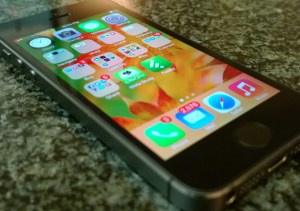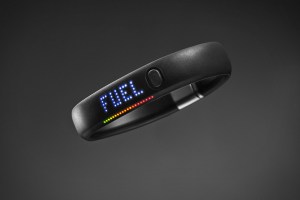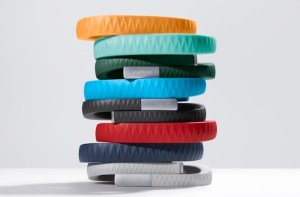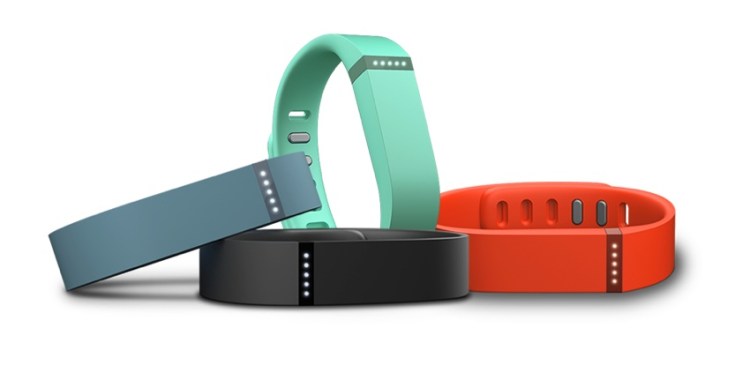Skip Fleshman is a partner at Asset Management Ventures
Much has been made of the iPhone 5S’s new A7 chip, but the new M7 co-processor is, if anything, potentially more disruptive. The M7 will have an impact on the entire development process of mobile apps, and, from my vantage point, will have a profound impact on digital health.

Above: The iPhone 5S
The M7 co-processor optimizes the motion data generated by the many sensors on the iPhone. It reduces battery drain, makes obtaining data far more efficient, and lessens the frequency with which the phone has to ping the cellular network. Most importantly for digital health apps, it allows differentiation between walking, driving and running and can switch applications based on the inputs received.
What does this mean for the overall mobile app ecosystem?
For one, the M7 could facilitate more accurate traffic information by detecting the movement of cars. It could use accelerometer data to create a social map of indoor spaces, helping users easily navigate malls, public transit systems or even large parking garages. It could turn the iPhone into a more efficient gesture controller for gaming. In the world of health, the M7 could enable continuous, real-time tracking.
Current solutions, such as Moves, that have tried to do this seem to drain the battery in a couple of hours. The M7 would extend that time to a matter of days.
The implications across the current digital health landscape are profound and will lead to an entirely new level of applications and devices. By seamlessly and efficiently tapping into the highly accurate sensors on one’s phone, health applications can integrate mapping information, activity levels and sleep patterns to identify people’s daily patterns and healthy behavior. This information could be used by the health plans, in aggregated form, to better analyze what their users are doing and more accurately adjust rates and plans. Providers, physicians and exchanges can use the sensor data to have better context in delivering timely interventions that result in higher engagement and efficacy.
 On the other hand, companies that don’t evolve quickly are going to be hit hard and this will include those making accelerometer-based wearable tracking devices and those where battery optimization is a core competency.
On the other hand, companies that don’t evolve quickly are going to be hit hard and this will include those making accelerometer-based wearable tracking devices and those where battery optimization is a core competency.
Sensors in trouble
Sensors like FitBit, Jawbone Up, Misfit Shine, and Nike FuelBand are in serious trouble. The iPhone can now do exactly what they do without draining the battery.
Certain niche groups, like serious athletes, wearable fashionistas or hardcore quantified self-ers might continue to monetize for dedicated trackers, but most users will likely migrate to cheaper applications on their phones. Wearable fitness device companies risk becoming a commodity, or, in the worst-case scenario, completely redundant. In order to survive, they must either start adding more advanced sensors or improve their (currently awful) software.
Application companies in trouble
Application companies that counted on battery optimization techniques as a core element of their market differentiation, such as Ginger.io, Moves, or Noom, are also in big trouble.
The combination of the M7 and Apple’s public APIs gives startups the ability to develop similar products in a matter of days. Savvy companies will capitalize on the additional data streams that the M7 offers. Companies like Runkeeper and MapMyFitness could use the new motion capabilities to add attractive new features to their already strong offerings.
 Still to be seen is whether or not Apple will pair a branded device with these new capabilities. While much of their M7 API is public, in characteristic fashion, Apple is also holding a lot of its cards close to the chest. It seems logical that they might implement a well-integrated solution by introducing an iWatch or iTracker.
Still to be seen is whether or not Apple will pair a branded device with these new capabilities. While much of their M7 API is public, in characteristic fashion, Apple is also holding a lot of its cards close to the chest. It seems logical that they might implement a well-integrated solution by introducing an iWatch or iTracker.
The M7, along with upcoming low-power sensor solutions from Google and Samsung, will catalyze a new wave of application and device development. The startup companies that survive this dramatic change will be the ones that leverage these new capabilities, become smarter and making sense of the explosion of new data and provide insights to end users, insurance companies, health exchanges and providers.
Skip Fleshman is a partner at Asset Management Ventures. He’s made a number of big investments in the digital health space — Lark, HealthTap, Proteus Digital Health. You can follow him on Twitter @SkipFleshman and @AMV.


